In today’s rapidly evolving infrastructure sector, installing utilities underground has become more efficient, less intrusive, and environmentally friendly, thanks to trenchless technologies. This guide explores the best methods for installing utilities such as sewer, gas lines, and electrical conduits underground, focusing on directional boring, directional drilling, also known as horizontal directional drilling (HDD), and pipe bursting. These trenchless techniques offer a significant advancement over traditional open-trench methods, providing a solution that minimizes surface disruption, reduces costs, and accelerates project completion times.
Understanding Trenchless Technology
Trenchless technology encompasses various methods used to install, replace, or repair underground utilities with minimal excavation. This approach contrasts sharply with traditional methods, which involve extensive digging, leading to increased time, cost, and environmental impact. The most common trenchless techniques include horizontal directional drilling and pipe bursting.
Horizontal Directional Drilling (HDD)
Horizontal Directional Drilling is a steerable, trenchless method of installing underground pipes, conduits, and cables in a shallow arc along a prescribed bore path. This method involves three main stages:
- Pilot Hole Drilling: A small-diameter pilot hole is drilled along the designed path.
- Pre-reaming: The pilot hole is enlarged to a size that can accommodate the utility pipe.
- Pipe Pullback: The utility pipe is pulled back through the enlarged hole and positioned in place.
HDD is particularly favored for crossing obstacles such as rivers, roads, and existing structures, making it an ideal choice for urban settings or sensitive ecological areas.
Pipe Bursting
Pipe bursting is a trenchless method useful for replacing old, damaged, or undersized pipes. This method involves threading a bursting head into the existing pipe. As the bursting head moves forward, it fractures the old pipe and simultaneously pulls in a new pipe behind it. Pipe bursting is highly efficient for upgrading utility systems with minimal surface disruption.
Trenchless vs. Traditional: A Comparative Look
Trenchless Technologies:
- Less Surface Disruption: Streets, landscapes, and driveways remain largely untouched.
- Cost-Effective: Reduced labor and restoration costs.
- Faster Completion: Projects can often be completed in a fraction of the time compared to traditional methods.
- Environmental Benefits: Minimizes the ecological footprint by preserving the landscape and reducing the need for new materials.
Traditional Methods:
- Extensive Excavation: Open-trench methods require significant digging, impacting the surrounding areas.
- Higher Costs: Increased labor, machinery, and restoration expenses.
- Longer Project Duration: The extensive excavation and restoration processes prolong project timelines.
- Environmental Impact: Higher likelihood of disturbing ecosystems and landscapes.
Choosing the Right Method for Your Project
Selecting between HDD, pipe bursting, and traditional trenching depends on several factors, including the project’s scale, the existing infrastructure’s condition, and environmental considerations. While trenchless methods are generally preferred for their efficiency and minimal impact, certain situations may still require traditional trenching due to technical or cost constraints.
Trenchless Pipe Repair
In addition to installing new utilities, trenchless technology also offers solutions for repairing existing underground pipes. Techniques such as Cured-In-Place Pipe (CIPP) lining repair can restore pipe integrity without excavation, further exemplifying the versatility and effectiveness of trenchless methods.
Final Thoughts
The choice between trenchless technologies and traditional methods for installing or repairing underground utilities significantly impacts project outcomes. By opting for methods like horizontal directional drilling or pipe bursting, project managers can achieve efficient, cost-effective, and environmentally responsible results. As the infrastructure landscape continues to evolve, embracing trenchless technologies will undoubtedly play a pivotal role in shaping the future of underground utility installation and repair.
Whether you’re planning a new project or looking to upgrade existing infrastructure, understanding the advantages of trenchless technologies—such as HDD and pipe bursting—can guide you to make informed decisions that align with your project goals, budget, and environmental considerations. With trenchless methods, the future of underground utility installation looks bright, offering a blend of efficiency, sustainability, and innovation.

